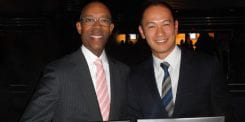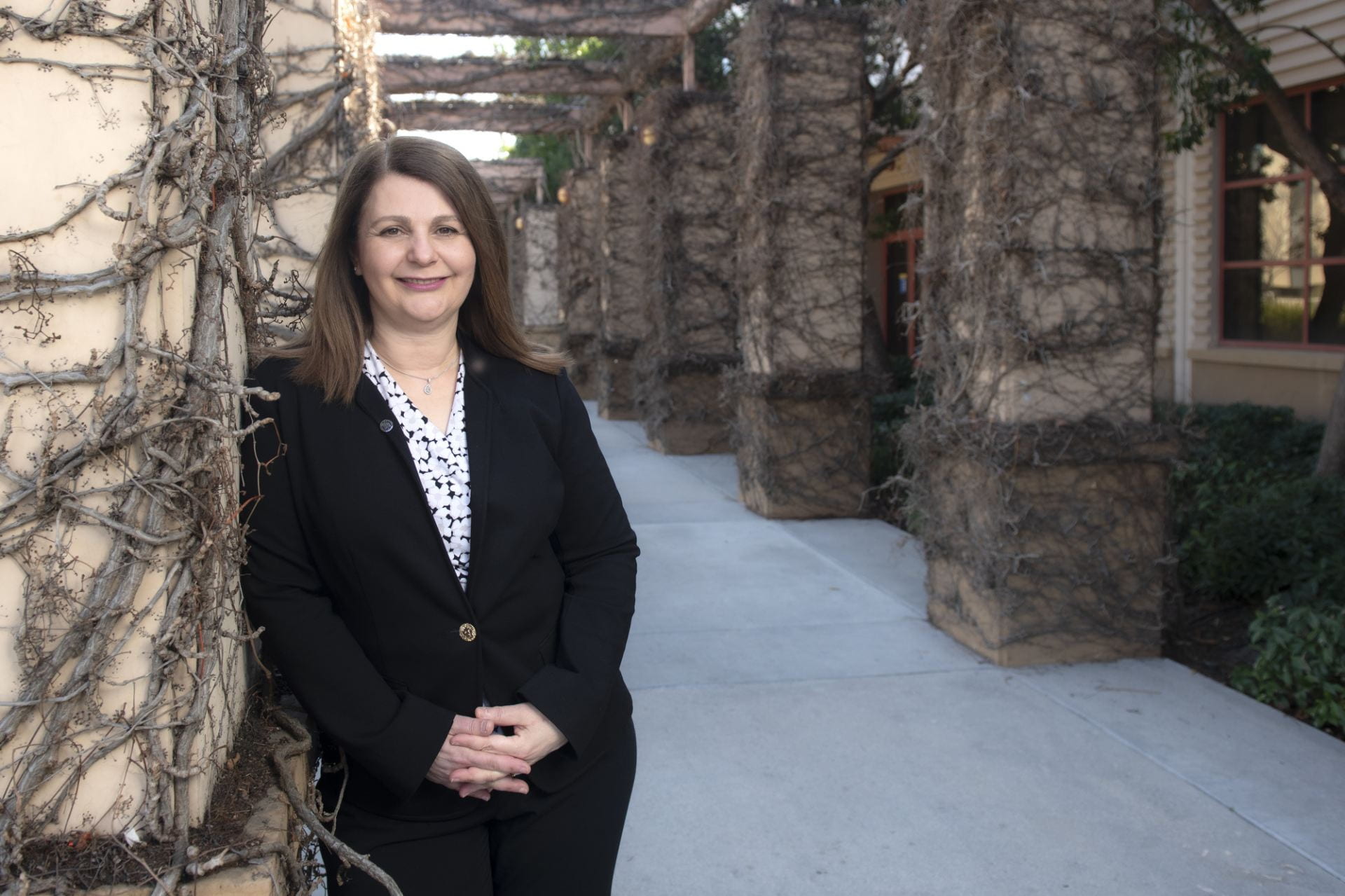What is Title IX?
A primer on 1972’s landmark anti-discrimination law

It’s only 37 words, but Title IX has had profound effects on campus life in its first half-century, touching everything from female sports and faculty hiring to scholarships and sexual harassment. And more changes may be on the way.
Signed into law by President Richard Nixon in 1972, the statute bans sex-based discrimination in programs and activities at schools that receive federal funding. It has been called “a slow-motion earthquake,” one that has taken years to play out and is still shaking things up.
The original impetus was to have colleges admit and hire more women. “Like the Civil Rights Act of 1964, Title IX was about trying to change institutions that were either designed without women in mind or deliberately excluded them,” says Doug Haynes, UCI’s vice chancellor for equity, diversity and inclusion.
Before it passed, more than 80 percent of U.S. college professors were men and fewer than 10 percent of medical and law degrees went to women, according to congressional testimony. Some campuses barred women from enrolling – or required them to have higher SAT scores than men.
At UCI in October 1974, two years after Title IX kicked in, 1.4 percent of full professors were women versus 41 percent of lecturers.
Enforcement of the law has unfolded slowly – and not always in ways envisioned by Title IX’s sponsors. For example, “None of the early supporters had any inkling” that the measure would be applied to sports, says historian Susan Ware, author of Title IX: A Brief History With Documents.
Athletics officials were also surprised, and many resisted fiercely. Up to that point, about 2 percent of college sports budgets went to female programs. “A lot of people didn’t like Title IX because it forced universities to shift resources,” Haynes says.
Establishing federal guidelines to make intercollegiate athletics more equitable took until 1979, and figuring out how to comply with those regulations “has been a challenge for educational institutions, from K-12 through college, ever since,” Ware says. “In fact, I doubt that any college or university in the country is in full compliance with Title IX today.”
Another aftershock emerged in 1977, when a group of female undergrads at Yale University invoked Title IX in a lawsuit over alleged sexual harassment by professors. Although their cases were ultimately dismissed, the courts ruled that “academic advancement conditioned upon submission to sexual demands constitutes sex discrimination in education.”
As with athletics, however, policies addressing sexual harassment didn’t happen overnight, Haynes says: “Title IX had to confront a culture in which people were used to using disparaging language and making unsolicited advances.”
More recently, the law was interpreted to protect against discrimination based on gender identity, a development Haynes calls “a major moment.” Moves to strengthen such safeguards and undo changes made before President Joe Biden took office are in the works, but will take months to finalize, according to news reports.
Looking back over Title IX’s first 50 years, Haynes says progress has been “uneven but steady, part of a larger landscape of change in the United States.” At UCI, for example, women now account for 40 percent of UCI’s faculty, 26 percent of deans and 100 percent of campus police chiefs, he notes.
Diane O’Dowd, vice provost for academic personnel, says Title IX “has increased the number of women faculty in tenure track positions at UCI, which among new hires has been close to parity with men in the last five years.”
Haynes adds, “The evidence shows that Title IX has had an impact, but more needs to be done. What still remains is for everyone to be invested in creating universities as safe places for women to maximize their potential and for all students to feel comfortable expressing their whole selves.”


